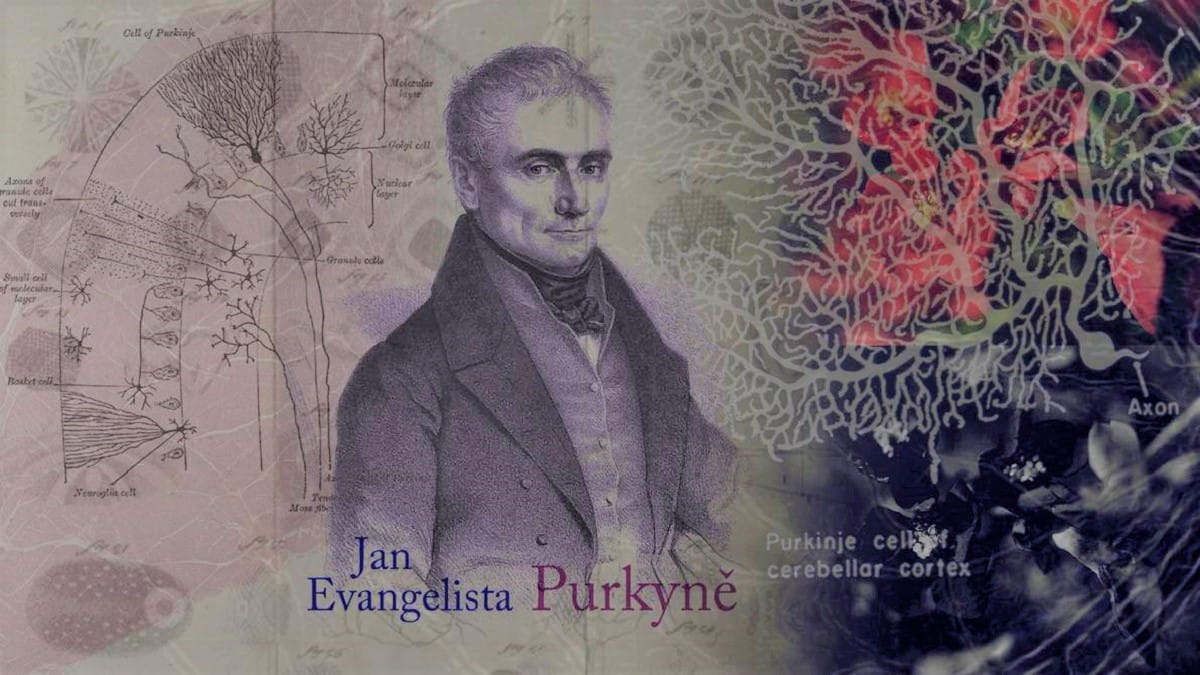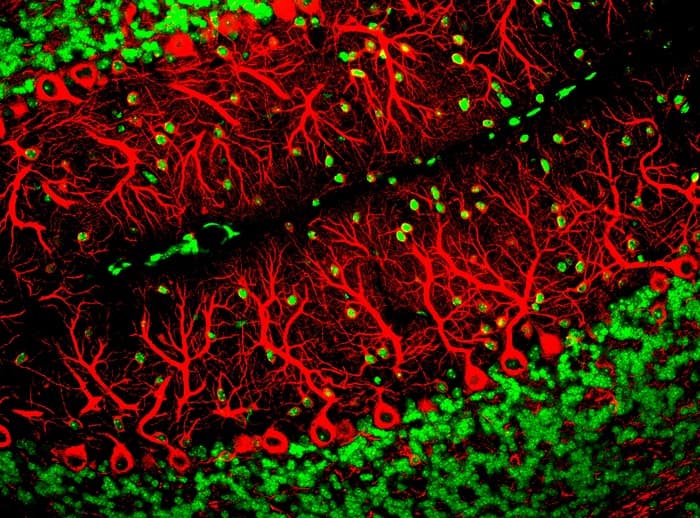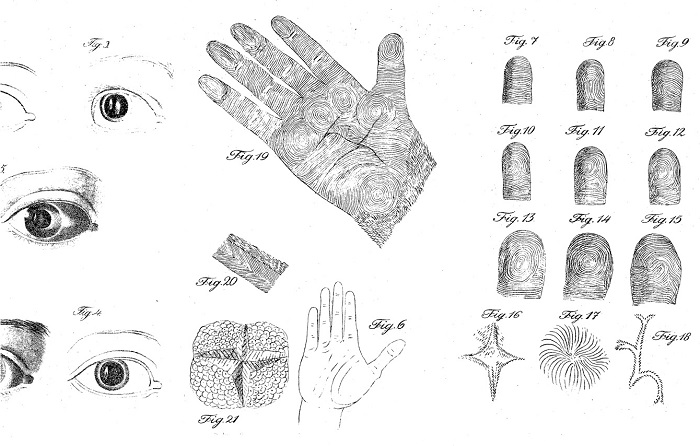What were Purkinje’s major contributions to neuroscience?
Jan Evangelista Purkinje is best known for his discovery of the Purkinje cells, a type of neuron found in the cerebellum of the brain. He also made important contributions to the study of the visual system, describing the structure of the retina and the way that images are processed by the eye.
How did Purkinje contribute to the development of histology as a field?
Purkinje was one of the first scientists to use the microscope to study the structure of tissues and organs in detail. He developed staining techniques that allowed him to visualize the different components of cells and tissues, and he described many new structures and cell types that had not been seen before.
What was Purkinje’s approach to scientific research?
Purkinje was known for his meticulous attention to detail and his commitment to careful observation and experimentation. He believed that scientific knowledge should be based on empirical evidence rather than speculation or theory, and he emphasized the importance of precise measurement and accurate record-keeping.
How did Purkinje’s work influence the development of modern embryology?
Purkinje made important contributions to the study of embryonic development, describing the formation of the germ layers and the development of the nervous system in detail. He also developed techniques for studying embryos in vivo, allowing scientists to observe developmental processes as they happen.
What was Purkinje’s legacy, and how did his work influence later generations of scientists?
Purkinje’s contributions to neuroscience, histology, and embryology laid the groundwork for many later discoveries in these fields. His emphasis on careful observation and empirical evidence set a high standard for scientific research, and his work continues to inspire scientists today. The Purkinje cells that he discovered remain an important focus of research in the study of the cerebellum and its role in movement and coordination.
The 18th and 19th centuries did not have a discipline known as “neuroscience.” It came about as a result of numerous attempts to clarify the nervous system’s architecture, internal communications, and center of perceptual experience. One of the best-known scientists of his era, Jan Evangelista Purkinje (also written Jan Evangelista Purkyně) , played a key role in the development of neuroscience and significantly influenced the structures, procedures, and phenomena that still form the foundation of the field today. The fact that the fibers around the heart are known as Purkinje fibers suggests that he actually researched the heart itself.
The conceptual building blocks of the biological sciences were broken down and their organizational structure was examined, which led to the development of neuroscience. Even though Purkinje didn’t go to school for histology, which is the study of cell anatomy under a microscope, he is considered to be the man who started the field.
Who was Jan Evangelista Purkinje?

Jan Evangelista Purkinje was born in the Czech Republic’s Libochovice. He was a native Czech speaker. He preferred the German form of his name for the majority of his publications, even though there are nine alternative ways to spell his name. In 1850, he returned to Prague and adopted the Czech spelling of his name, Purkinje. Students from a variety of academic fields have found Purkinje’s work to be fascinating, although he is best known for his early descriptions of cells, some of which bear his name, such as the Purkinje cells in the cerebellum.
Physiologists who valued his attempts to link structure with function, pharmacologists who admired his valiant research using drugs he tested on himself, and forensic scientists who appreciated his contribution to the use of fingerprints as a form of identification all acknowledged the importance of his work. But his studies of vision were the source of all these accomplishments. While still a student in Prague, Jan Evangelista Purkinje started to research his own eyesight. In his master’s thesis, he developed and reinforced his findings. He worked on describing and rationalizing a variety of subjective visual experiences.
Scientific Advancements Based on the Phenomenon of Vision

Purkinje cells (green) are seen with the help of modern staining techniques above. It is one of the ironies of science that Purkinje could only see the large body of the cell and not the branching of a single Purkinje cell due to the staining techniques and microscopes available at the time.
Vision provides a connection between physiology and psychology. It was this link that strengthened Purkinje’s investigations. Jan Evangelista Purkinje was an excellent observer; many visual phenomena are named after him: the Purkinje effect, Purkinje images, and the Purkinje tree. These were described in his books on the phenomenon of objective vision between 1823 and 1825, which started a new field of research. Purkinje looked within himself and discovered the world of the sense of sight, a world that continues to be explored to this day.
In 1823, Jan Evangelista Purkinje went to the University of Breslau (now Vroclav, Poland, but then Prussia, Germany). In his inaugural lecture, he described images reflected from the surface of the cornea and the lens of the eye; these are now called Purkinje images and are used to detect the mechanism of accommodation (focusing) and in techniques for tracking eye movements. He also demonstrated the nine main fingerprint patterns and the principles on which the ophthalmoscope (the instrument used to see inside the eye) is developed.
His experiments on vertigo became the basis for later vestibular (body balance system) research. His correlation of the movement of the eyes with the position of the head after rotating the body made it possible for later researchers (such as Ernst Mach, Josef Breuer, and Alexander Crum Brown) to articulate the hydrodynamic theory of the semicircular canal in the inner ear, which senses movement and provides balance and awareness of spatial position. In vision science, Purkinje is perhaps best known for detecting the change in brightness of colors at dawn or dusk: blue objects that appear brighter than red objects before sunrise appear less bright than red objects after sunrise.
He described this as follows:
“The degree of objective illumination has a great influence on the intensity of color.” To prove this most vividly, take a few pictures before sunrise, when the sky begins to lighten. At first, only black and gray appeared. Then the brightest colors, red and green, appear the darkest. Yellow is indistinguishable from a pale pink. The most recognizable to me is blue. The nuances of red that shine in daylight—the so-called carmine red, chain red, and orange—appear darkest in contrast to their normal brightness. “Green looks bluer, and with increasing daylight, the yellow hue appears.”
The First Physiology Department

This phenomenon is now known as the Purkinje effect and is related to the different spectral sensitivity of cone and rod receptors in the retina: rods are more sensitive to shorter wavelengths of light than cones. Purkinje also made a perimeter to study the color regions of the retina. The Purkinje tree is the visible network of blood vessels in the retina when the eye is illuminated from the side.
The Purkinje images show the reflection of a light source from the optical structures of the eye. The above are Purkinje’s 1823 drawings showing the reflection of candlelight from the cornea and lens, as well as other parts of the eye (left). On the right is the order of nine fingerprints that Purkinje showed in 1823 at his first lecture in Breslau.
In 1832, Jan Evangelista Purkinje acquired an achromatic microscope made by Georg Simon Plössl, one of the best microscopes in the world at the time. With it, he looked at the cerebellum and thus identified the cells that bear his name, the Purkinje cells. He was one of the first to use the microtome, a mechanical instrument for slicing thin sections of tissue for microscopic examination. Purkinje’s laboratory in Breslau is considered the cradle of histology, not only because of his microscopic observations but also because he taught and encouraged his students to learn through discovery.
Such an approach was not without its detractors. When Purkinje conducted demonstrations and laboratory work in the classes he taught, the university faculty demoted him. But he had influential supporters, including the poet Johann Wolfgang von Goethe, and the Prussian minister of education recommended his administration. Continuing his efforts to overcome this initial hostility, he became one of the most recognized professors at the university. In November 1839, Purkinje founded the world’s first independent department of physiology. Three years later, he opened the first Institute of Physiology, the world’s first official physiology laboratory.
In 1850, he returned to Prague to found an institute of physiology. His research was often published in Czech. He founded and edited publications and promoted the value of education. He was also involved in Czech cultural life and played an important role in the national revival. In his last decade, Purkinje received many international honors and awards. A year before his death, he was honored with the knighthood of Leopold-Orden, one of the highest honors in the Austrian Empire. Jan Evangelista Purkinje died in Prague at the age of 82.
References
- Jan Evangelista Purkyně, Commentatio de examine physiologico organi visus et systematis cutanei (Breslau, Prussia: University of Breslau Press, 1823)
- Harold Cummins and Rebecca Wright Kennedy (1940). “Purkinje’s observations (1823) on finger prints and other skin features”. The Journal of Criminal Law and Criminology. 31 (3): 343–356. doi:10.2307/1137436.
- Cavero, Icilio; Guillon, Jean-Michel; Holzgrefe, Henry H. (1 December 2017). “Reminiscing about Jan Evangelista Purkinje: a pioneer of modern experimental physiolog

